Suits and complements Drysuits
()Sort by
-

Beuchat Iceberg Pro Dry Suit
788.49 €
-

Aqualung Dry Suit Blizzard Slim Fit Man
1018.99 €
-

Aqualung Blizzard Pro 4 mm Dry Suit
933.99 €
-

Mares XR3 Neoprene Dry Suit With Socks
951.49 €
-

Cressi Desert Dry Suit Man
887.99 €
-

Aqualung Blizzard Pro 4 mm Dry Suit
1188.99 €
-

Aqualung Blizzard 4 mm Dry Suit With Boots
695.99 €
-

Aqualung Dry Suit Blizzard Slim Fit Mujer
1018.99 €
-

Aqualung Blizzard 4 mm Dry Suit With Boots
868.49 €
-

Aqualung Dry Suit Alaskan
1188.99 €
-
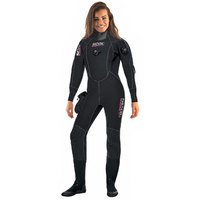
SEAC Warm Dry Suit Woman
794.99 €
-

Mares XR3 Neoprene Latex Dry Suit With Boots
898.99 €
-

Apeks ThermiQ Dry Suit
1549.49 €
-

Apeks ThermiQ Dry Suit Woman
1798.99 €
-

Scubapro Definition Dry Suit
1387.99 €
-

Scubapro Evertech Breathable Dry Suit
1480.99 €
-

Scubapro Everdry 4 Dry Suit
1112.99 €
-

Scubapro Everdry 4 Dry Suit Woman
1112.99 €
-

Scubapro Exodry 4.0 Dry Suit
1006.99 €
-

Bare Aqua Trek EVO Tech Dry Suit
1519.99 €
-
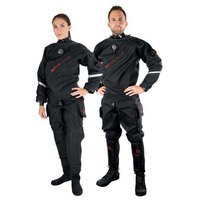
Hollis DX-300X Dry Suit
2199.99 €
-

Avatar 101D Dry Suit Woman
1479.99 €
-

Cressi Dry Suit Desert Woman
887.99 €
-

Aqualung Blizzard 4 mm Dry Suit
702.99 €
-
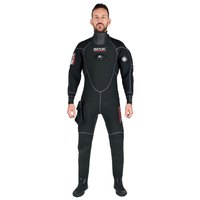
SEAC Warm Dry Suit
952.99 €
-

Apeks Thermiq Adv Dry Hombre
1723.99 €
-

Apeks Thermiq Adv Dry Hombre
2325.49 €
-

Scubapro Evertech Breathable Dry Suit Woman
1510.99 €
-

Scubapro Definition Dry Suit Woman
1387.99 €
-

Scubapro Exodry 4.0 Dry Suit Woman
1006.99 €
-
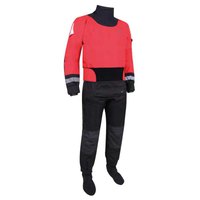
Tecnomar Nautico Multisport 2.0 Wetsuit
1049.99 €
-
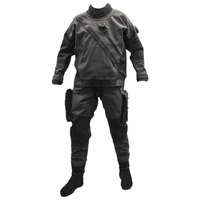
OMS Otwo Dry Suit
1719.99 €
-
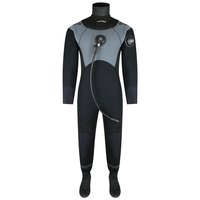
Typhoon Seamaster Dry Suit
773.99 €
-
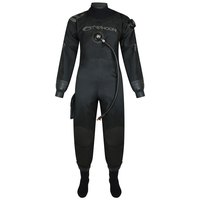
Typhoon Spectre Dry Suit
1341 €
-
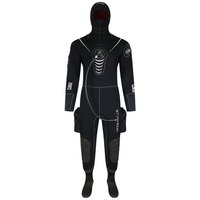
Typhoon Neo Quantum Air Dry Suit
1002.99 €
-
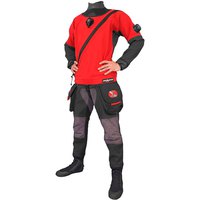
Dive System Expedition Bronze Zip Dry Suit
2449.99 €
-
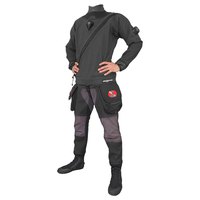
Dive System Expedition Plastic Zip Dry Suit
2449.99 €
-
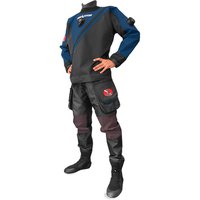
Dive System T-Pro Bronze Zip Dry Suit
1833.99 €
-

Dive System T-Pro Bronze Zip Dry Suit
1833.99 €
-
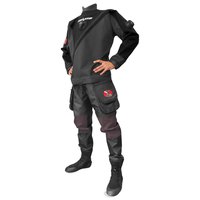
Dive System T-Pro Plastic Zip Dry Suit
1833.99 €
-

Dive System T-Pro Plastic Zip Dry Suit
2000 €
-

Dive System Challenger Dry Suit
1799.99 €
-

Zhik Dry Suit
493.49 €
-

Dive System Expedition Bronze Zip Dry Suit
2449.99 €
-

Dive System Expedition Bronze Zip Dry Suit
2449.99 €
-

Dive System Expedition Plastic Zip Dry Suit
2449.99 €
-

Dive System Expedition Plastic Zip Dry Suit
2449.99 €
-

Dive System T-Pro Bronze Zip Dry Suit
2000 €
-

Dive System T-Pro Plastic Zip Dry Suit
1833.99 €
How to choose a dry suit for scuba diving?
Diving in a dry suit is an adventure you must try and I bet you enjoy it well. When you are using a dry suit for diving it doesn´t count how chilly the water is or how in depth you’re going because you can handle your at depth ease by altering your thermal safety and by counting air to the drysuit. Being capable of moving about under the water while staying dry benefits you to improve your experience. You can buy the dry suit for diving from Cressi, SEAC, Mares, Salvimar, Apeks, and Aqualung.Tips to choose a dry suit for diving
When choosing a dry suit for scuba diving, several factors should be considered to ensure a proper fit, functionality, and suitability for your diving needs. Here are some key points to consider:
Dry suits come in various types, such as membrane drysuits and neoprene dry suits. Membrane suits are typically made of lightweight, breathable materials and are more suitable for recreational diving in moderate water temperatures. Neoprene suits provide insulation and are better suited for colder waters or extended dive times. Consider the diving conditions you´ll encounter to determine the appropriate suit type.
Material and Construction: Dry suits are commonly made of materials such as trilaminate fabric, crushed neoprene, or vulcanized rubber. Trilaminate suits offer good flexibility and durability. Crushed neoprene suits provide insulation and are more resistant to compression at depth. Vulcanized rubber suits offer excellent durability but can be heavier and less flexible. Evaluate the pros and cons of each material to select one that meets your preferences and diving requirements.
Fit and Sizing: Proper fit is crucial for comfort, ease of movement, and efficient gas exchange inside the suit. Dry suits should fit snugly but allow enough room for undergarments and adequate movement. Pay attention to measurements such as height, chest, waist, and shoe size to ensure the suit is available in a size that matches your measurements. Refer to manufacturers´ size charts and try on different suits if possible to find the right fit.
Seals: Dry suits have seals at the neck, wrists, and ankles to prevent water entry. The most common seal materials are latex and silicone. Latex seals offer a tighter and more secure fit but may require more maintenance and can cause latex allergies in some individuals. Silicone seals are more comfortable and hypoallergenic but can be less durable. Consider your personal preferences, comfort level, and any potential allergies when choosing the type of seals.
Entry and Relief Systems: Dry suits have different entry systems, such as front entry zippers, diagonal zippers, or rear entry zippers. Evaluate the ease of donning and doffing the suit based on the entry system. Additionally, consider the type of relief system e.g., zipper, valve provided for bathroom breaks during dives. Ensure that the entry and relief systems are user friendly and convenient for your needs.
Accessories and Features: Consider additional features and accessories that may enhance your diving experience. This can include integrated pockets, reinforced knee pads, suspenders, boots, hoods, or gloves. Assess the availability of such features and determine their relevance based on your diving preferences and the environmental conditions you´ll encounter.

























